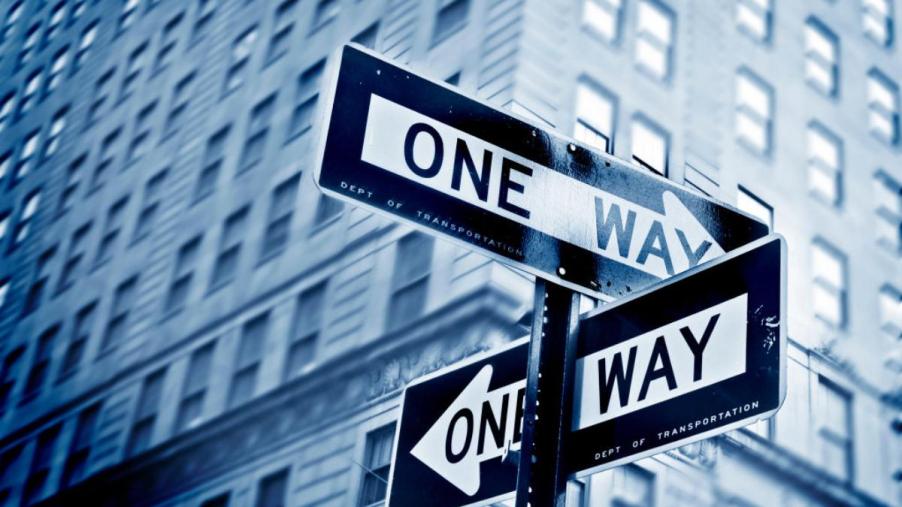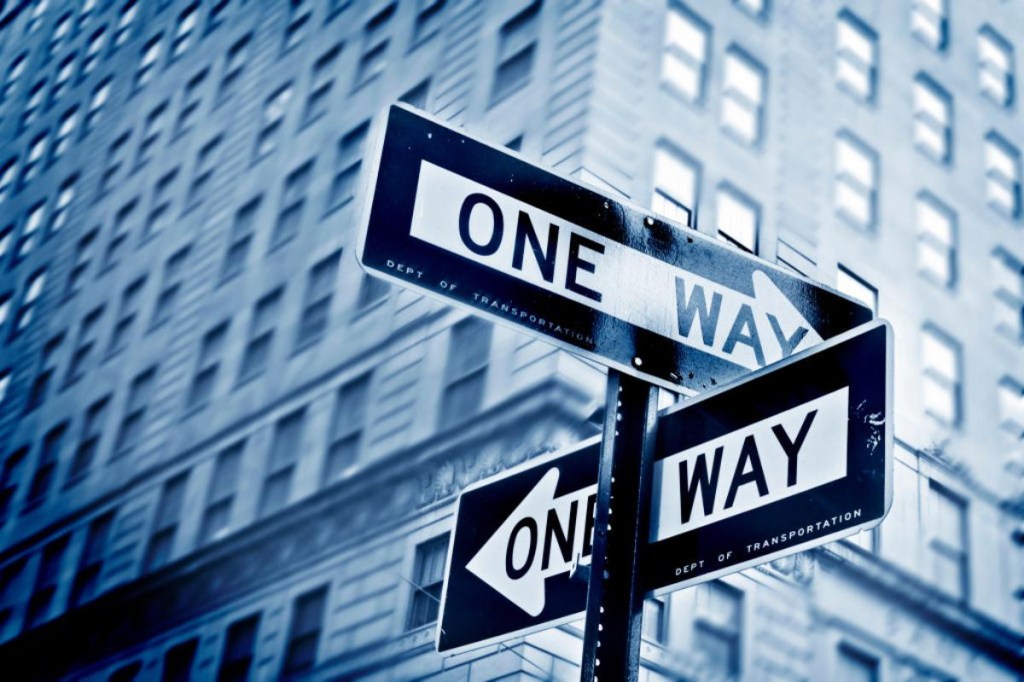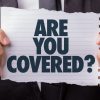
What You Should Do if You Go the Wrong Way Down a 1 Way Street
It’s not uncommon to find yourself accidentally driving down a one-way street in the wrong direction. It happens, and many people find themselves facing oncoming traffic because they didn’t know that it was a single-lane road. Still, it’s critical to understand how to identify such roads to avoid causing problems to other motorists and promote car safety efforts.
While there are legal consequences of turning down a one-way road (and you’ll be lucky if no one calls the cops on you), your actions as you move down the street matter a lot. You’ve already entered the road, and it’s critical to know what to do (and what not to do) to avoid attracting crowds because you’ve crashed or caused a traffic jam.
What happens when you accidentally turn down a one-way street?

Broken white lines, not yellow, usually separate lanes on a one-way city street. You should drive on the lane with the fewest hazards when cruising on a multi-lane one-way street, and the middle lane is often the best. Speed limits on these roads are often low, and you should adhere to them to ensure consistent traffic flow.
Sometimes another driver may enter a single-lane road and realize that you’re moving in the wrong direction. Drivers Ed advises that you shouldn’t panic. Your following action should be to get the oncoming driver’s attention by honking your horn loudly or flashing your headlights. If they are adamant about continuing moving, pull over and let them pass.
Whether you’ve entered a one-way street from the wrong side or are faced with an oncoming vehicle moving the wrong direction, you shouldn’t reverse. Trying to turn or reversing can cause traffic congestion and pose safety risks to your passengers, pedestrians, and other road users. If a police officer sees you, they may be compelled to slap you with a reckless driving charge.
Penalties for going down a one-way street in the wrong direction
Having experienced the embarrassment of going the wrong direction on a one-way road, a police officer may exercise leniency and issue a warning. However, if your action poses a danger to pedestrians and other motorists, you could at least be fined, which adds points to your record. That affects your auto insurance costs, and insurers will often charge you higher rates due to increased risks.
Suppose you smashed into another car, caused injuries, or the police determine that you were too intoxicated to realize your mistake. In that case, you could be facing fines, jail time, and license revocation. Those are just the criminal charges. An injured individual can also file a personal injury lawsuit against you for property damage and medical costs in a civil court.
According to FindLaw, if you’re facing legal charges for driving in the wrong direction down a one-way street, it’s best to consult a lawyer. An attorney can assess the incident to find evidence to mitigate your fault and reduce the legal consequences. For instance, let’s say there was a confusing road sign or it obscured by a tree or poor lighting, making it impossible to see the signage.
Other common driving mistakes to avoid
Heading down a one-way road in the wrong direction is only one of the embarrassing situations drivers find themselves in. Lost tickets at payment booths are also embarrassing enough. In fact, 18% of drivers say that reaching a toll booth and finding out they’ve lost their tickets puts them in an awkward situation.
However, a car owner’s most embarrassing driving adventure is parking a car and forgetting the spot, especially in a crowded lot or event, such as a concert. Still on the same note, almost 50% of car owners drive over a curb in the parking lot. Another awkward automotive experience is heading to your mechanic to help you open the car door because you locked the keys inside your car.
It’s also quite unpleasant when you can’t back out of a parking spot because another person parked too close. It means you have to wait until they return. Other humiliating moments are when you try opening a car door and notice that it isn’t yours, driving off with an object on the roof, or dropping your money or food at a drive-through window.



